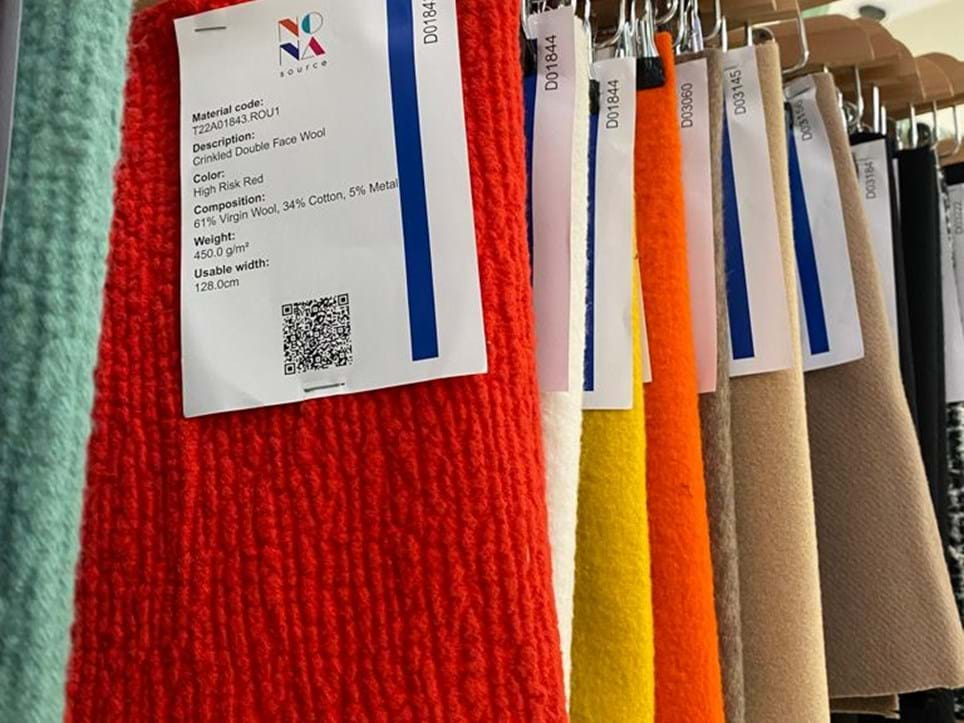We sent our intrepid sustainability writer Gemma Metheringham to a two day conference of talks held by the British Fashion Council's Institute of Positive Fashion in partnership with The Mills Fabrica, a leading sustainable practices hub that houses brands and practitioners dedicated to creating a circular fashion economy. She reports back on what she took away from the experience here below.
"It felt like a busy couple of days packed with talks about sustainable and circular fashion. I don’t want to sound shallow but as I headed off on the bus to Mills Fabrica for the fourth talk in two days I did wonder whether it was worth it?
But listening to Daisy Ip, from the sponsors HKTDC, soon put things into perspective. Daisy recounted a story about her daughter who, on her ninth birthday, told her mum that she wished she was already old. Curious, Daisy asked why? The answer was “so I don’t have to live through climate change.”
And that’s why, in this decisive decade, we need to keep talking and raising awareness and collaborating to find ways to radically reduce fashion’s carbon emissions. As Brooke Roberts Islam, of Techstyler, reminded us; up to eighty percent of a garments carbon footprint is decided at the production stage. Yet so many fashion brands offload the responsibility for reducing these emissions to their supplier base. Is it time for brands and manufacturers to work together to invest in the innovation that can make an impact?
The HK government thinks so and has set up a 200 million HK$ green tech investment fund to support this. An exemplar of projects that they're funding is the Billie Upcycling system which is the result of collaboration between Novatex and the Hong Kong Research Institute of Textiles and Apparel. Where most recycling processes use high volumes of water and chemicals, the Billie system is an innovative waterless way to recycle textile waste. The almost entirely automated machines can process up to 3000 tonnes of recycled fibres a day.
After the talk they showcased the work of emerging sustainable designers. From impeccably tailored jackets patchworked together by Hong Kong brand VVissi to handbags made from redundant seatbelts in Brazil by Belo Bags; it was all about reinventing and reusing what might otherwise be sent to landfill or incinerated.
And that’s exactly what the BFC’s Institute of Positive Fashion panel talks the previous day had highlighted. Following on from their fascinating Circular Ecosystem Report, these talks were an update on work in progress post the forum last April. It was exciting to hear CEO Caroline Rush explain how the BFC is “bringing circularity to life,” by brokering cross industry collaboration, creating a common vision and demonstrating practically how a circular fashion economy might work in both London and Leeds. The aim is to create a replicable road map that can be rolled out to cities across the UK.
Hatty Cooper, of Circle Economy, shared some of the key insights they’ve gained from their work developing circular cities globally. Stressing that circularity demands collaboration across multiple stakeholders, involves forging unlikely partnerships and she highlighted the “big mindset shift” that’s required to change traditional models of ownership and start to see products as services. Given that so much circular innovation is happening at the local level it’s interesting to ponder whether local activity can aggregate to create momentum at a national level?
Everyone acknowledged that enabling a circular fashion economy will be a “seismic systemic shift”. But there is a prevailing sense that if the industry doesn’t start taking action and shaping the future there will be legislation coming that may force its hand. Extended Producer responsibility and Digital Passports are on the horizon.
The final IPF talk of the day focused on perhaps the biggest question. With Oxfam estimating that here in the UK we throw away 11 million textile items a week; can circularity change attitudes and substantially extend the worn life of our clothes above the current average of just ten wears. It was exciting, if a little overwhelming, to hear about all the options that digital labelling and tech solutions might soon allow us, consumers, to access. I left imagining a future where I’ll have real life visibility of the carbon footprint of my frocks per wear, where my wardrobe will be a tradeable asset and where I can easily source and access closed loop recycling solutions for my worn out trainers.
But still the elephant in the room remains. Can all of this innovation start to change fashion consumption patterns and reduce the industry’s need to make and sell more and more new apparel? Is it a stepping stone to degrowth fashion? That’s the hope and the challenge!"
How Might A Circular Fashion Industry Work?













